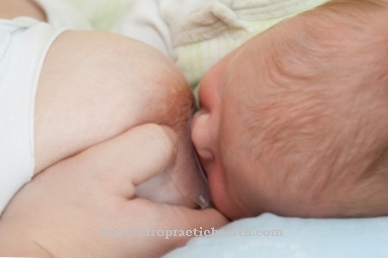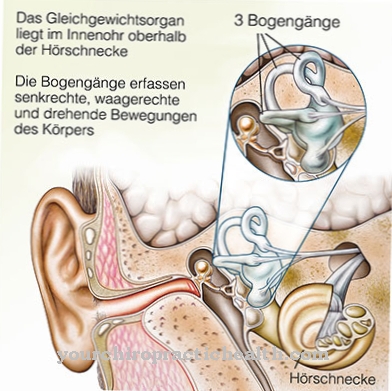The fertilization describes the connection between the egg cell and the male sperm. Both cell nuclei fuse and combine part of the maternal DNA with that of the father. After fertilization, the egg cell begins to divide and develop into a baby ready for birth within 9 months.
What is fertilization?

Egg cells and sperm cells differ from any other part of the body in one thing: they contain only half a set of DNA. The purpose of this is to enable the mother or father to bring in half of their DNA and thus create a person who gets half from both parents along the way.
Of course, this also happened when the father and mother of the child were created - so there are almost infinite combinations in which half the DNA set can exist. In one reproductive cell, for example, there may be a predisposition to blonde hair, and in the other to red hair.
Fertilization is only possible if the woman and man have sexual intercourse on the woman's fertile days. These are the days just before ovulation and during the migration of an egg through the fallopian tube to the uterus.
Sperm move on their own, with recent observations suggesting that only a few sperm are ever intended to fertilize the egg. All others work together to ensure that these sperm are transported forward to the egg cell.
A single sperm penetrates the egg cell's outer shell and penetrates to the nucleus. The nucleus of the sperm, which in the meantime has hit its flagellum, fuses with this - fertilization is complete. The egg cell now only changes its cell membrane so that no more sperm can penetrate.
Function & task
Fertilization is the basis of human reproduction. If it does not happen or if it does not happen correctly, the woman cannot become pregnant or have a child.
Every 28 days or so, a new egg is ready to be fertilized and waits for male sperm on its way from the ovary to the uterus to fertilize it. The fertilization must take place without errors, because since the DNA of the parents is passed on and recombined with it, there is a high potential for errors.
Risks start with the formation of eggs and sperm and end with external influences such as radiation during fertilization, which can affect them and the cell division that occurs afterwards. It is important for the woman to have a healthy mucous membrane in the uterus during fertilization, as otherwise the egg cell cannot implant. There would be no pregnancy. In men, fertilization depends heavily on the quality of the sperm for it to function properly.
Illnesses & ailments
Usually the woman notices little about fertilization. The first sign is often only the absence of monthly bleeding. If, on the other hand, the egg has established itself, fertilization has been successful, but some women quickly develop the first symptoms of early pregnancy.
The age of the parents, their way of life and external influences such as radioactive radiation or illnesses of the parents can have a strong influence on fertilization. It is a particularly crucial point in pregnancy and also in the life of the next child, as DNA plays a major role in this. If an egg or a sperm divides incorrectly or if a mistake occurs when the two cell nuclei fuse, this can lead to a more or less serious congenital disease.
Unfortunately, neither women nor men have much influence on this - there are only examinations on the embryo to determine its health. Particularly well-known diseases that arise from defects in the DNA during fertilization are Down syndrome or metabolic diseases such as phenylketonuria, which almost always make everyday life more difficult for the child.
If a serious mistake occurs during fertilization, the woman's body can sometimes recognize it. Some of the fertilized egg cell can still implant itself and the woman notices her pregnancy, but an abortion occurs soon afterwards. It is similar to a menstrual period and is therefore sometimes not recognized as an abortion. Since this poses no health threat to the woman, this does not need medical attention if everything goes without complications.
Especially with older parents, problems with fertilization can be due to the fact that the quality of the sperm and egg cells changes. Modern medicine now knows methods of artificial insemination that have proven to be very efficient when women or men have problems with fertilization.
Often the underlying problem is no longer treated, but directly artificially fertilized. The procedure is often used in the event of hormonal problems during fertilization, sometimes also in conjunction with hormone therapy for the woman to enable a healthy pregnancy after fertilization. Very few fertilization problems really lead to unwanted childlessness these days, and most of them are well treatable.



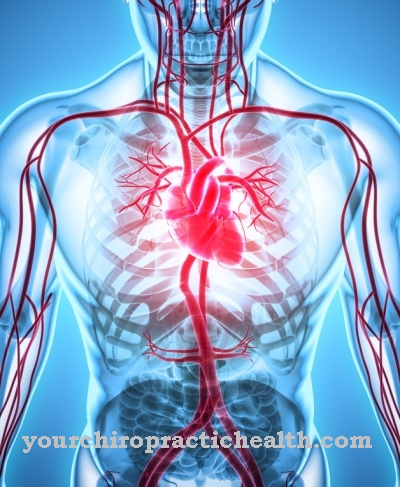
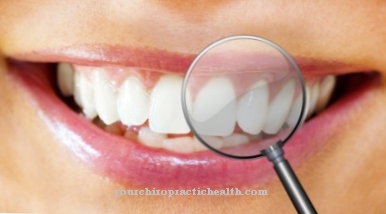



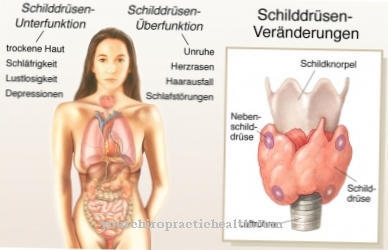




.jpg)

.jpg)



